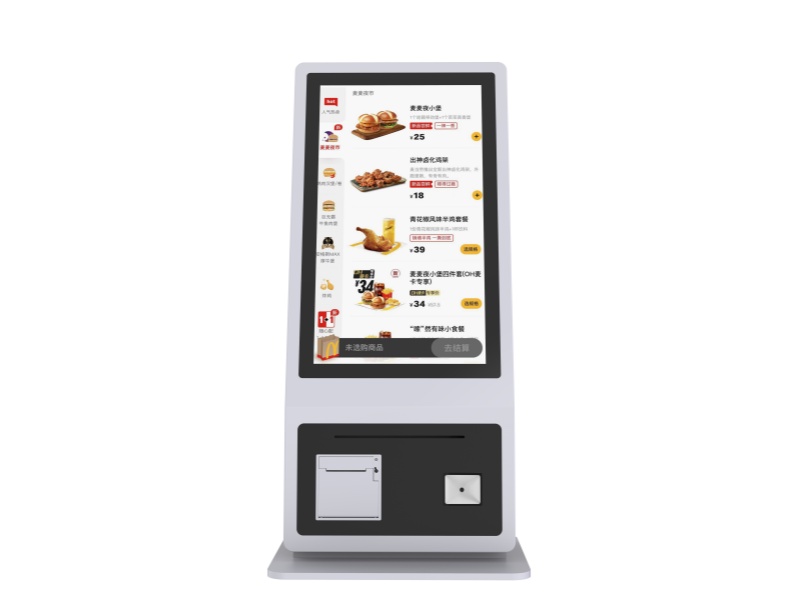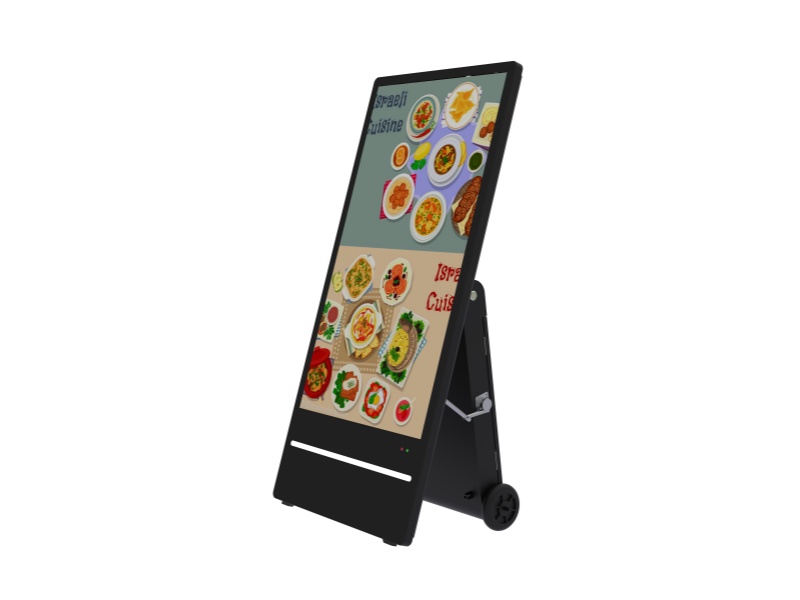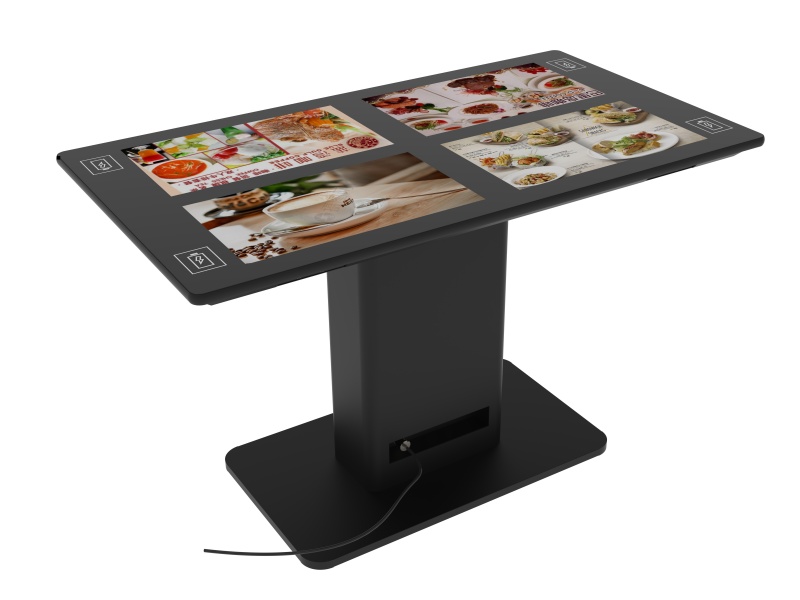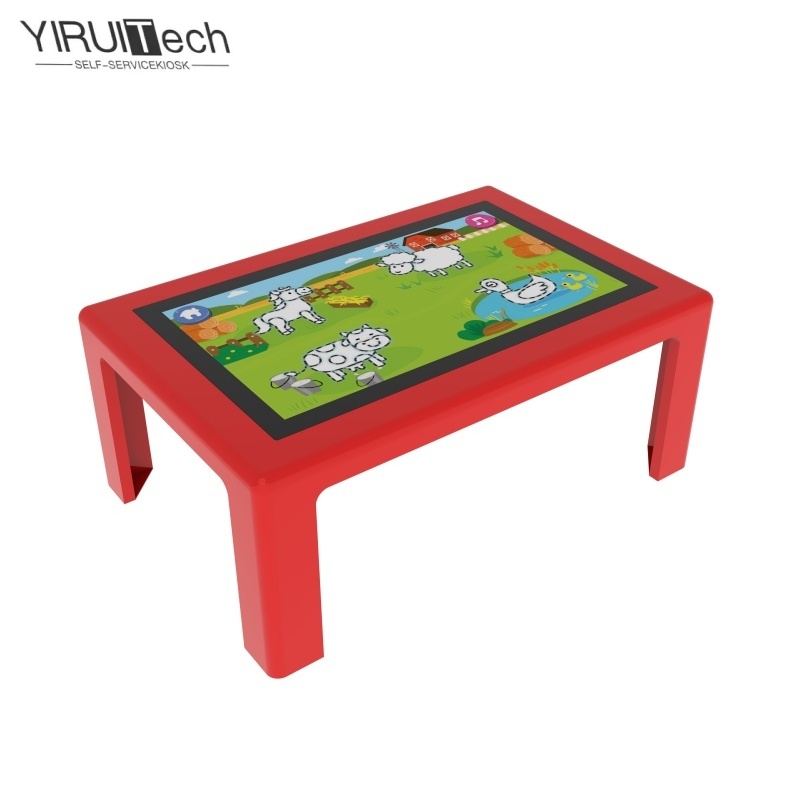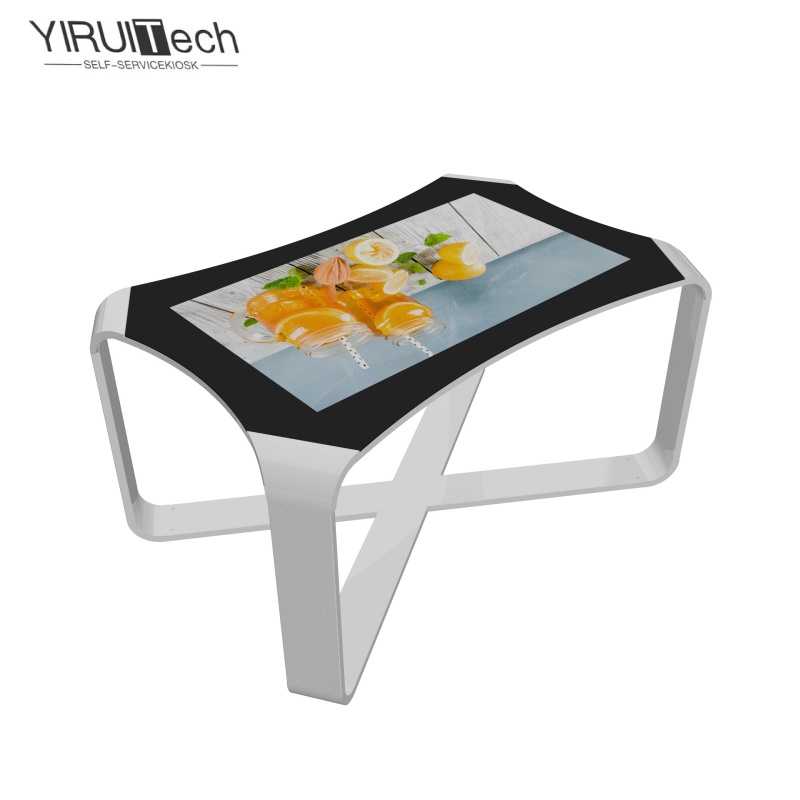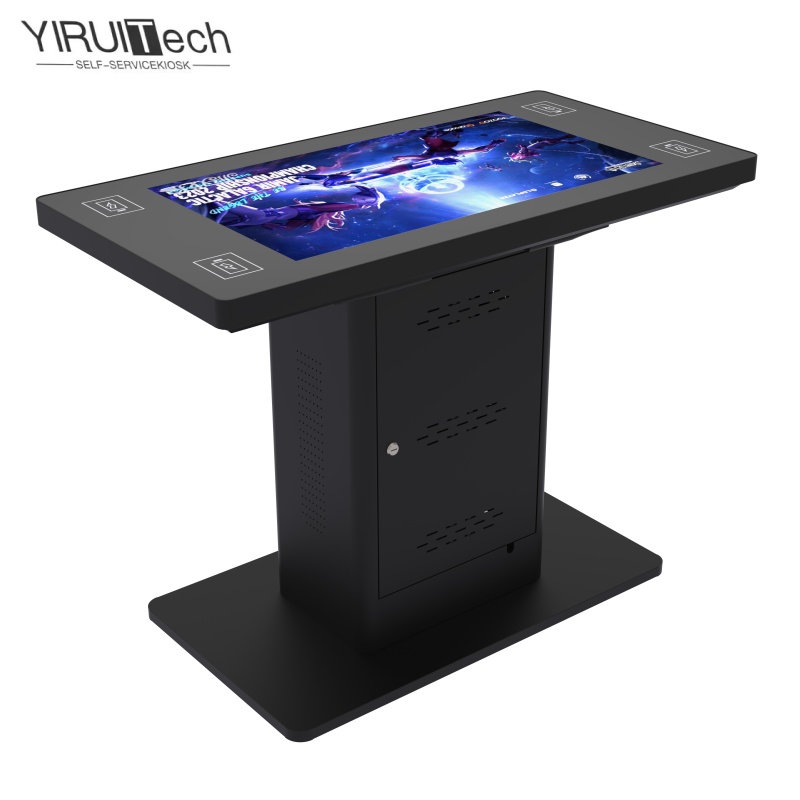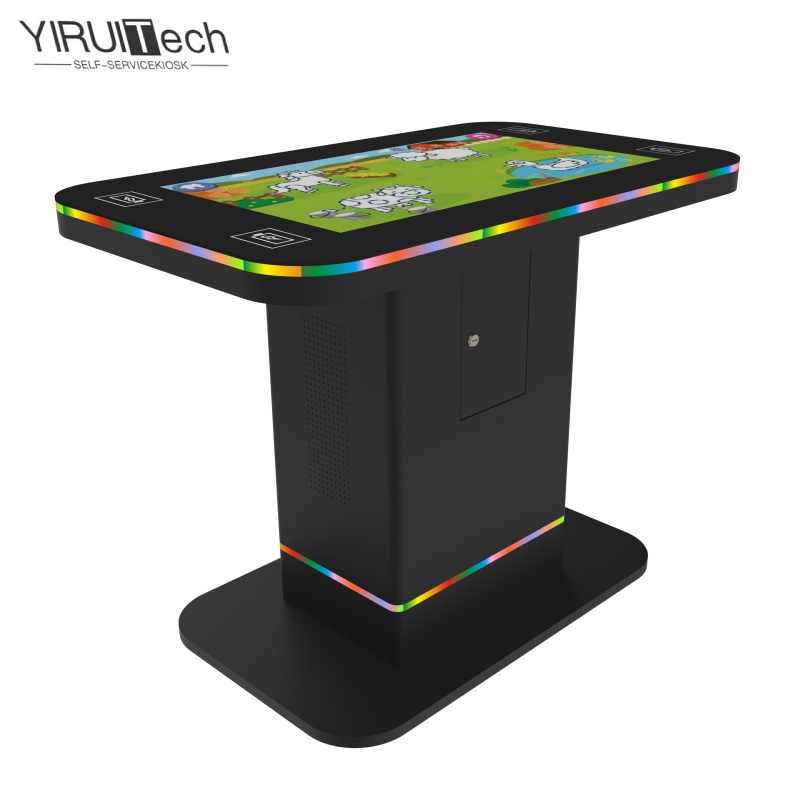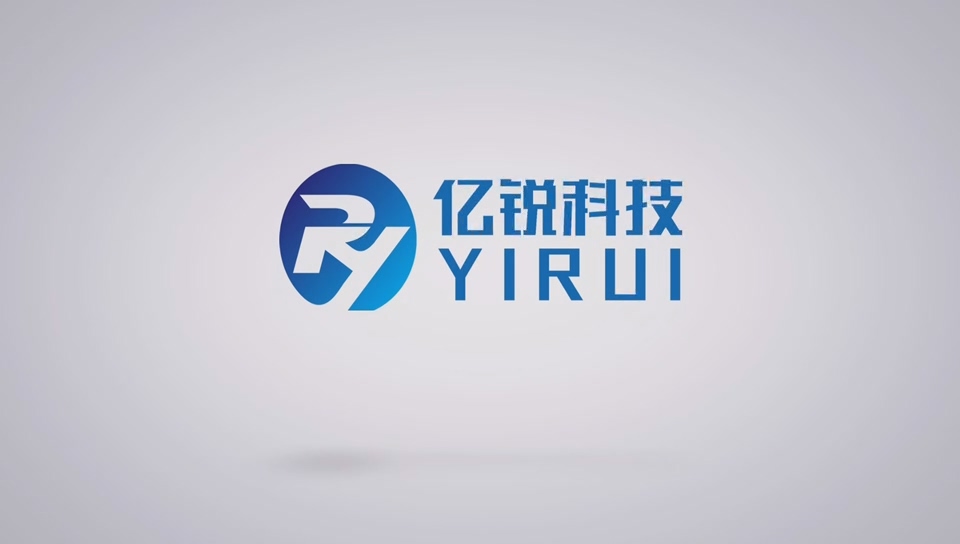Picture a busy airport, a shopping mall bursting with weekend shoppers, or a hospital’s bustling lobby. In these spaces, you’ll spot small, sleek screens with blinking icons, quietly waiting to help anyone who walks up. These are kiosks. They help us order lunch, buy tickets, check in for appointments and much more. Often, they show up right where you need them most, making your day flow a little smoother. This article will break down how kiosks work, what they’re used for, and why they’ve become so common in our lives.
What is a Kiosk?
A kiosk is an interactive, self-service station that lets people access information or complete tasks on their own. Usually a touchscreen built into a stand or desk, these machines invite you to tap, swipe or type. Most are about the size of a small ATM, often found in places packed with activity such as airports, malls, train stations, hospitals and fast-food restaurants.
The design stays simple and inviting. Bold icons and big buttons help guide anyone, even those unfamiliar with technology. Kiosks can print tickets, show maps, process payments, or answer common questions on the spot.
View All Self-Service Terminals Kiosk →
Common Uses for Kiosks in Everyday Life
Kiosks appear wherever people move quickly, need directions, or want service without a wait. Here are some of the most familiar ways you might use them.
- Airports: Print boarding passes, check baggage or find your gate.
- Shopping malls: Search for stores, buy gift cards, or join rewards programs.
- Fast-food restaurants: Place orders, pay by card and skip the line.
- Hospitals: Check in for appointments, update information or get directions to clinics.
- Public transit: Buy tickets or check schedules for buses and trains.
Self-Service and Quick Transactions
Kiosks let people handle everyday chores fast, without waiting in long lines. This can mean:
- Ordering and paying for food at a touch screen instead of waiting for a cashier.
- Printing transit tickets in seconds.
- Paying bills or parking fees without dealing with paperwork.
These functions help keep crowds moving and cut down on wait times during busy rushes.
Wayfinding and Information Services
Getting lost in a maze-like mall or huge hospital can stress anyone out. Kiosks double as guides, offering:
- Maps that lead you to a specific shop, restaurant or clinic.
- Lists of available services, like special exhibits in a museum.
- Details on hours, events, and amenities.
Interactive guides make it easier to get where you need with less confusion.
Business and Community Benefits of Kiosks
Kiosks don’t just help users—they’re a smart tool for businesses and organizations too. Here’s how:
- Saves time: One person can check in or order food while staff focus on other needs.
- Accuracy: Customers input their own info, which reduces mistakes in orders or records.
- Availability: Kiosks run day and night, helping after hours or during busy times.
- Cost control: With kiosks handling routine tasks, businesses can direct staff to more complex or personal service.
These benefits ripple out to the whole community, creating smoother flow in public spaces and helping more people faster.
How Kiosks Shape Customer Experience
Kiosks have changed the way people interact with businesses and services. Imagine walking up, making choices in your own time, and moving on without fuss. Speed, privacy, and control make kiosks appealing to many.
Key advantages:
- Shorter wait times and fewer lines.
- Greater privacy, like checking in at a clinic or paying a bill.
- Freedom to look through options before making a choice.
Challenges do exist. Some people, especially those who aren’t used to tech, may feel uneasy or need extra support. That’s why many places pair kiosks with helpers or use screens designed for easy reading and touch.
Conclusion
Kiosks might look unremarkable, but they’re a quiet force making daily life a bit easier. These machines cut down on lines, help people find their way, and let us take care of life’s chores on our terms. With every fast check-in, simple order, or guided map search, kiosks show how a small change in how we get things done can free up time and lower stress. Next time you tap a kiosk, remember you’re part of a change that’s quietly shaping the world around you.

